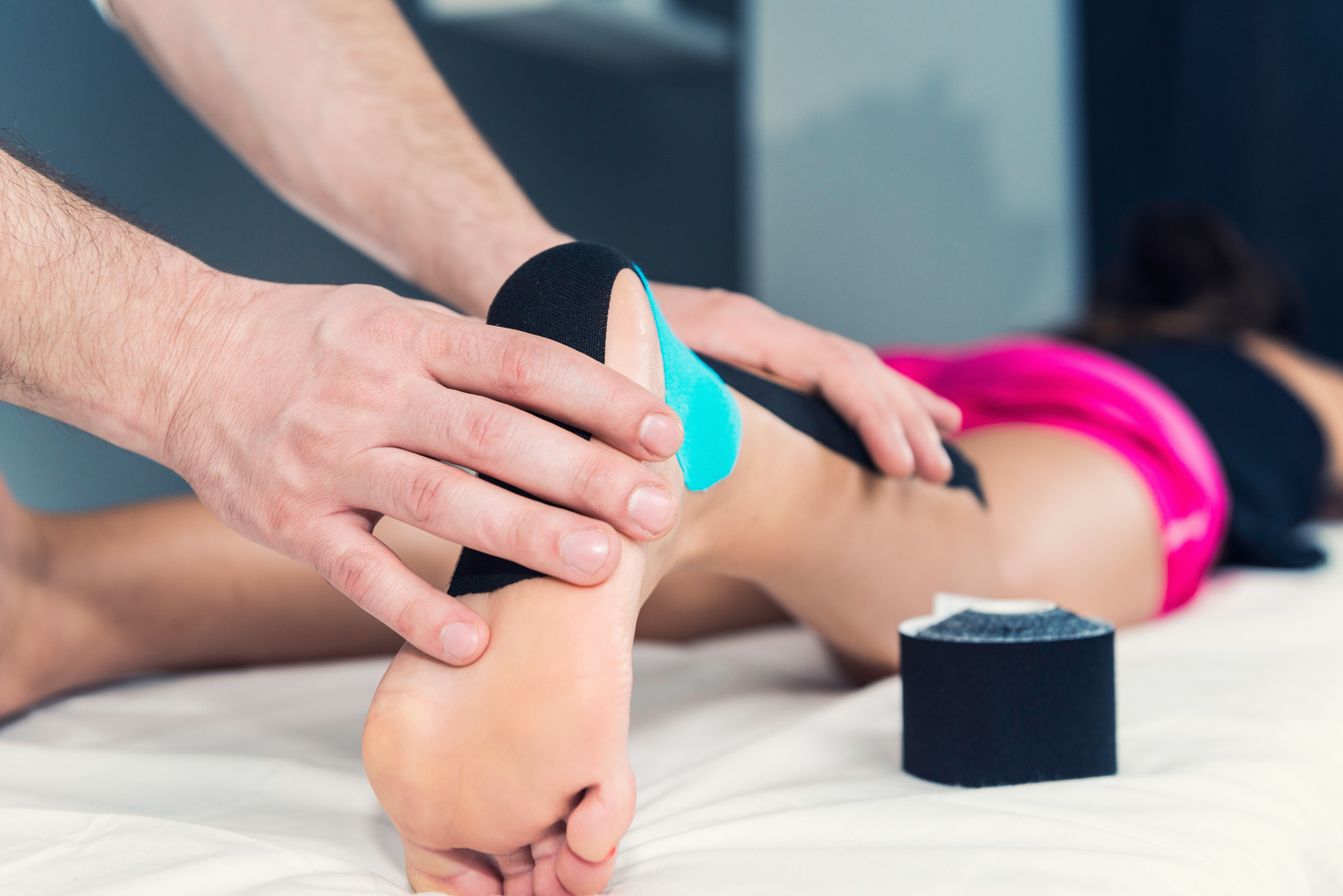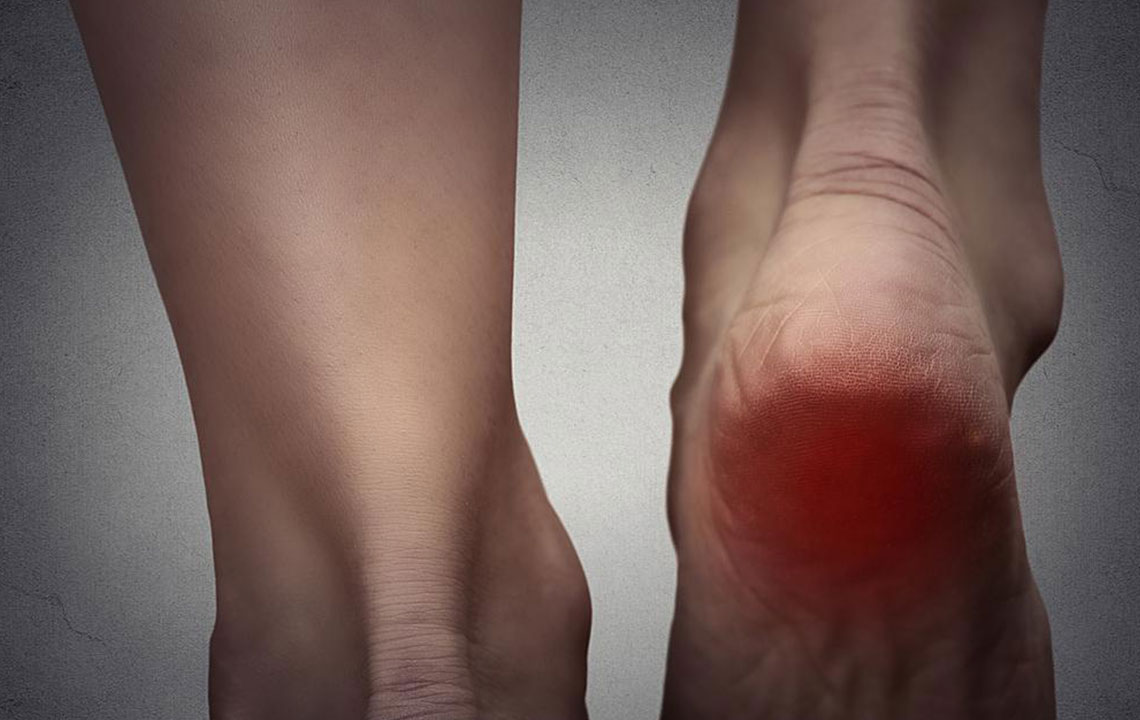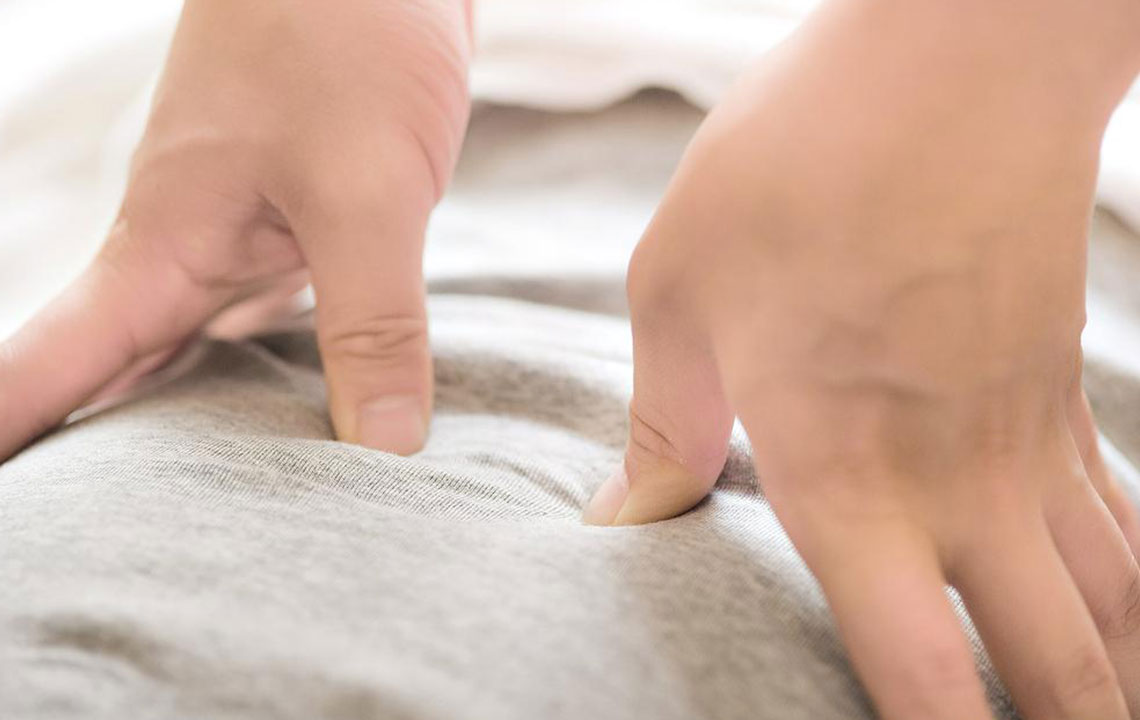Comprehensive Guide to Recognizing and Managing Diabetic Leg Discomfort Symptoms
This detailed guide explores the common signs and symptoms of diabetic leg discomfort, emphasizing early detection and natural management approaches. Understanding symptoms like numbness, cramps, and foot issues can help diabetics seek timely care to prevent serious complications. The article highlights the importance of blood sugar control, physical activity, and medical intervention in maintaining leg health and improving quality of life for diabetics.

Understanding the Symptoms and Management of Leg Discomfort in Diabetes
Diabetes mellitus is a persistent metabolic disorder characterized by elevated blood glucose levels. Managing this chronic condition effectively is crucial to prevent a multitude of complications, one of which is leg discomfort. If left unchecked, symptoms such as leg cramps, numbness, and pain can worsen over time, leading to decreased mobility and quality of life. Early detection of these signs is essential for timely intervention, reducing the risk of severe nerve damage and other related health issues.
High blood sugar can cause dehydration and electrolyte imbalances, which are common contributors to muscle cramps in the legs. These cramps are often dismissed as minor or temporary, but in diabetics, they may be indicative of underlying nerve and circulatory problems. Recognizing the connection between blood sugar control and leg health can help patients seek appropriate medical guidance before complications develop.
Leg pain, especially when recurrent or persistent, should not be overlooked as merely dehydration or fatigue. When accompanied by numbness, tingling sensations, or a burning feeling, these symptoms could indicate diabetic neuropathy—damage to the peripheral nerves caused by prolonged high blood sugar levels. This nerve impairment often makes the skin hypersensitive to temperature changes, light touch, and vibrations, resulting in chronic discomfort and decreased sensation in the affected limbs.
Diabetic individuals experiencing leg discomfort should be vigilant, as early signs often precede more severe complications. The following symptoms are particularly noteworthy:
Numbness or Tingling in Feet and Lower Legs
This sensation, often described as a pins-and-needles feeling or shocking shocks, is a hallmark of nerve damage caused by diabetes. When this numbness appears, it indicates that the disease’s effects are impacting the peripheral nervous system, necessitating medical assessment and intervention.
Reduced Sensory Perception
Damage to the sensory nerves can result in diminished ability to feel touch, pain, or changes in temperature. Individuals may feel as if their skin is covered with gloves or socks, even when they are not. This condition increases the risk of unnoticed injuries or infections, which can complicate diabetic foot health if not promptly treated.
Night-time Cramps and Restless Legs
Experiencing severe cramps during sleep could be a sign of advanced nerve involvement. In diabetics, nighttime leg cramps are often linked to nerve damage rather than dehydration or electrolyte imbalance alone. Addressing these symptoms early through medical consultation can prevent the progression of nerve deterioration and reduce the risk of injury.
Foot Deformities and Ulcers
Complications sometimes extend to the feet, including ulcers, infections, deformities, and joint pain—common symptoms of peripheral neuropathy. These issues necessitate prompt medical care, as untreated foot problems can lead to hospitalization or amputation in severe cases.
Loss of Coordination and Balance
Impaired nerve function can affect proprioception—the body’s sense of joint position—leading to poor coordination and increased fall risk. Early recognition and management of these symptoms are vital to maintaining independence and preventing injuries.
Natural and Lifestyle-Based Approaches to Alleviate Diabetic Leg Discomfort
In addition to medical treatments, several natural and lifestyle modifications can help manage and reduce leg discomfort associated with diabetes. These strategies focus on supporting nerve health, improving blood circulation, and maintaining blood glucose levels within optimal ranges.
Effective Blood Glucose Management
Optimal control of blood sugar is the cornerstone of preventing diabetic complications including leg discomfort. Patients are encouraged to adopt a balanced diet rich in fiber, lean proteins, and healthy fats while minimizing refined sugars and processed foods. Regular blood glucose monitoring and adherence to prescribed medication or insulin therapy can stabilize glucose levels, reducing the risk of nerve damage and muscle cramps.
Engage in Regular Exercise and Physical Therapy
Consistent physical activity is beneficial not only for managing blood sugar but also for enhancing vascular health and muscular strength. Exercises such as walking, swimming, or cycling promote blood circulation in the lower limbs, which can alleviate symptoms of numbness and cramps. Moreover, physical therapy focusing on flexibility, strength, and balance can help improve coordination and reduce fall risks. Combining exercise with a healthy diet and proper medical care significantly improves overall diabetic management and quality of life.
Additional Natural Remedies and Preventive Measures
Complementary approaches include maintaining proper hydration, avoiding prolonged periods of immersion or compression, and wearing comfortable, supportive footwear. Some patients find relief through acupuncture, massage therapy, or herbal supplements—however, these should always be discussed with a healthcare provider before use.
Monitoring and Early Intervention
Regular foot examinations and nerve assessments enable early detection of neuropathy symptoms. Managing risk factors such as hypertension, hyperlipidemia, and obesity can also provide protective benefits. Early intervention through medication adjustments, lifestyle changes, and educational support remains essential for preventing severe complications, including limb loss.
In conclusion, recognizing the early signs of diabetic leg discomfort and adopting holistic management strategies can significantly improve outcomes for individuals living with diabetes. Comprehensive care involving blood sugar control, physical activity, and timely medical consultation is paramount in maintaining leg health and overall well-being.





